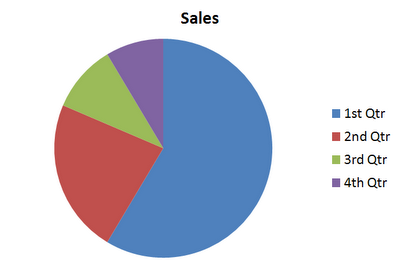(This post is cross-posted on Mediafly’s Blog)
 Dropbox is a phenomenal service. Over 25 million users agree. We use the service extensively within Mediafly for file transfer and syncing of non-sensitive files, and it has become a part of our daily production workflow. Most of our partners and customers use Dropbox as well, to shuttle files back and forth with us. In fact, several team members have reached the referral limit because of the number of other users they have brought onto the service.
Dropbox is a phenomenal service. Over 25 million users agree. We use the service extensively within Mediafly for file transfer and syncing of non-sensitive files, and it has become a part of our daily production workflow. Most of our partners and customers use Dropbox as well, to shuttle files back and forth with us. In fact, several team members have reached the referral limit because of the number of other users they have brought onto the service.
We have received a question from a few companies that produce a lot of video: “how is Mediafly different than Dropbox?” Specifically, these companies want to distribute pre-production dailies, rough cuts, studio cuts, and more, to their executives, producers and directors.
At a high level, this seems like a great use of the service:
- Installation is easy – users simply need to download the app, sign up with a credit card, and start using.
- Users can download for offline playback
- Publishing consists of a user that has access to the shared folder dropping video into the folder
However, there are a lot of problems with this approach:
- Security: Dropbox has had a fair number of security holes discovered. While most services will have issues that need to be found, addressed, and appropriately apologized for, the approach Dropbox seems to take is “simplicity over security”. They prefer the service to be simple and easy to use, and if necessary security takes a back seat.
- Content security: Dropbox is not built to keep your content secure. Video and documents are stored in exactly the same format that you place them into a Dropbox folder. The only form of device-level security is a four-digit PIN; beyond that, content can be easily retrieved from any rooted or hacked device.
- Speed: Uploading a video to Dropbox’s service is slooooow. Even over fast Wifi connections. Even on paid accounts. The company is clearly limiting bandwidth, in the interest of constraining costs. We have seen speeds as slow as 30kbps. This translates into ~10 hours to upload a 1GB file. The system was not created for speed, and as a result transferring large videos will take a long time.
- Playback: Playing video via Dropbox uses the simplistic progressive download method. High-quality videos buffer constantly, or require a large amount of time to fully download prior to playback. Meanwhile, modern adaptive bitrate technology like HTTP Live Streaming or RTMP is nowhere to be found.
- Control: Dropbox offers rudimentary support for permissions. A folder in a user’s account is fully locked down. That user can share that folder to another Dropbox user. However, say you want to give 3 users read-only permissions to a folder? Or, worse yet, say you have two subfolders that should only be visible for one of your users? None of this is possible with Dropbox, and you are forced to constrain your choices to match the simplicity of the service. Worse yet, since there is no ability to give users “read-only” access, any user with whom you share files can then delete those files!
- Branding: Dropbox’s website and apps are always under Dropbox’s name. There is no opportunity to use your own brand.




 There has been a lot of discussion recently (at least among those who follow this stuff) about
There has been a lot of discussion recently (at least among those who follow this stuff) about
 A fascinating article in
A fascinating article in